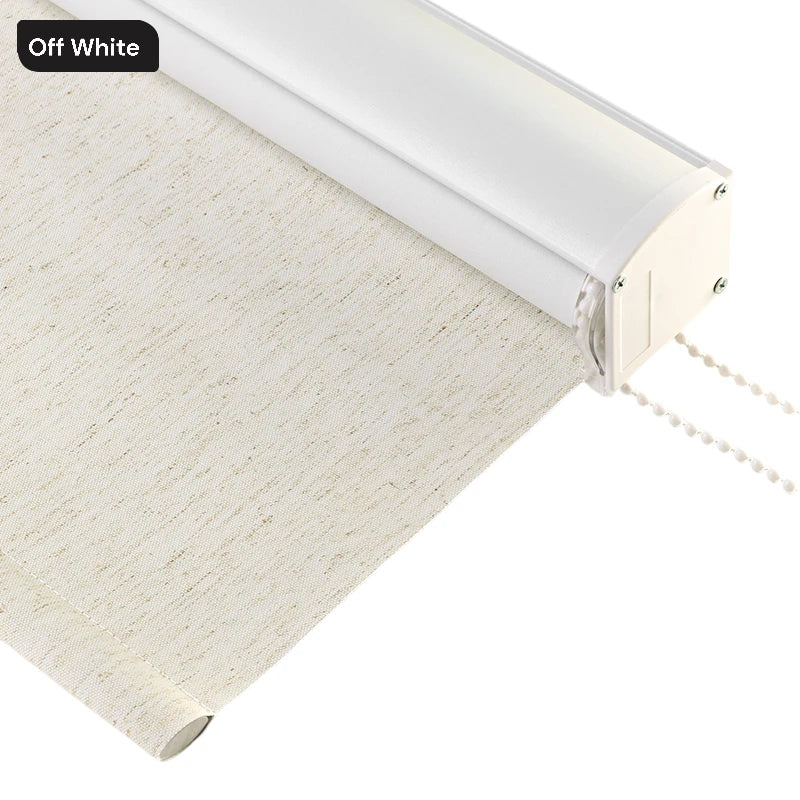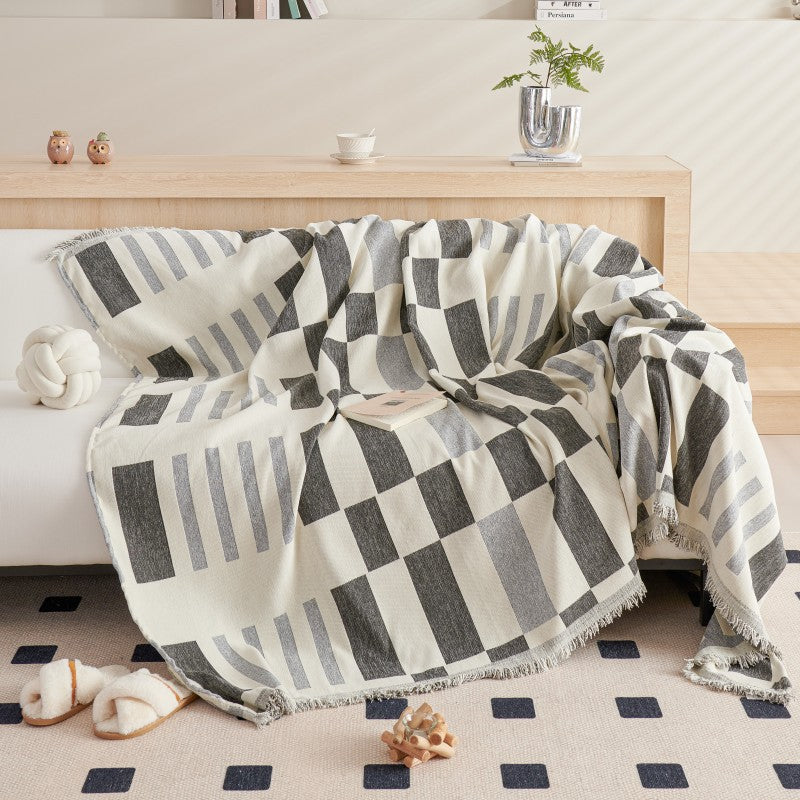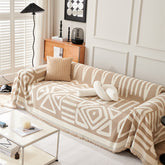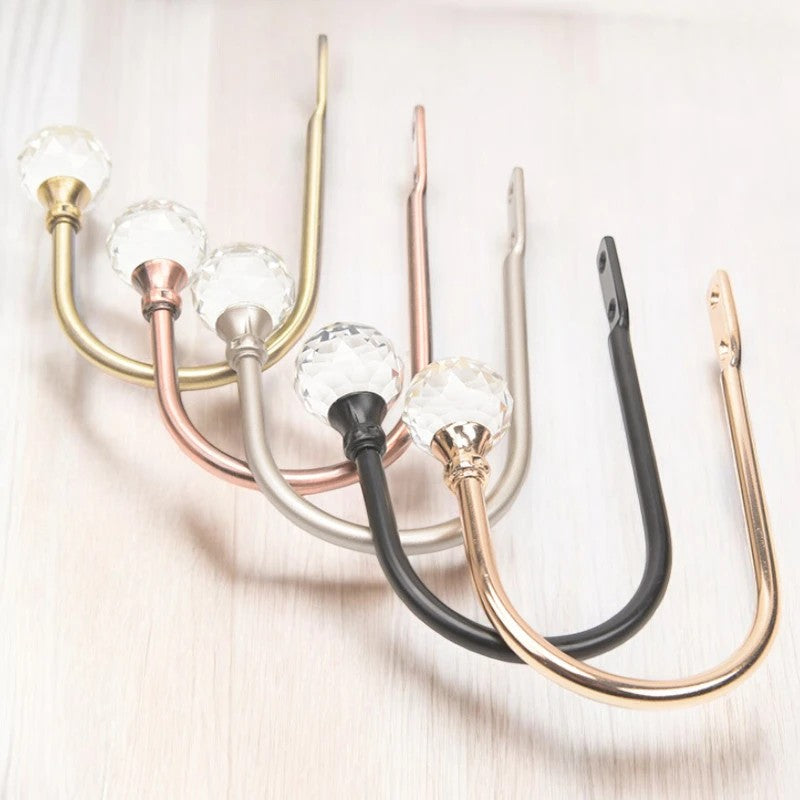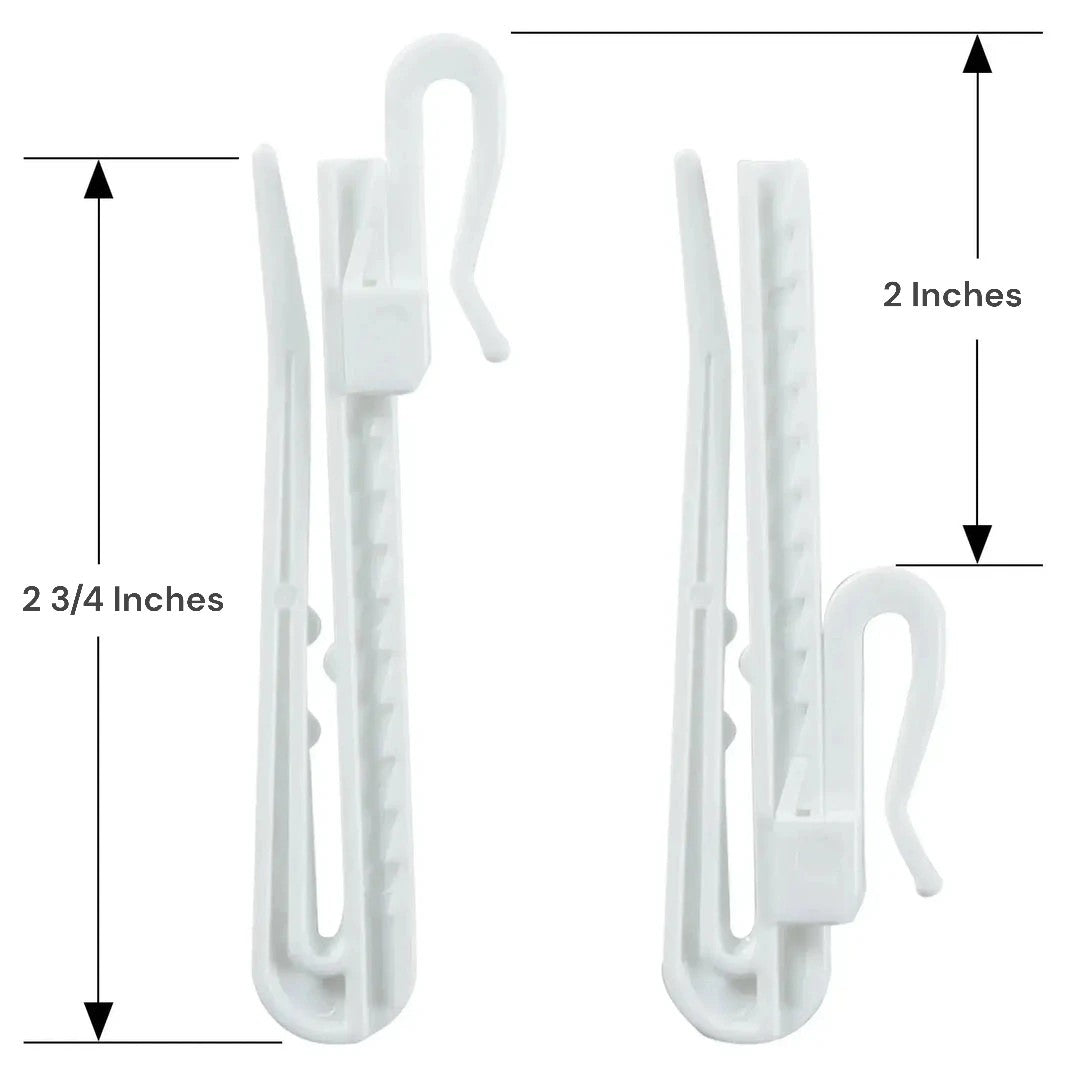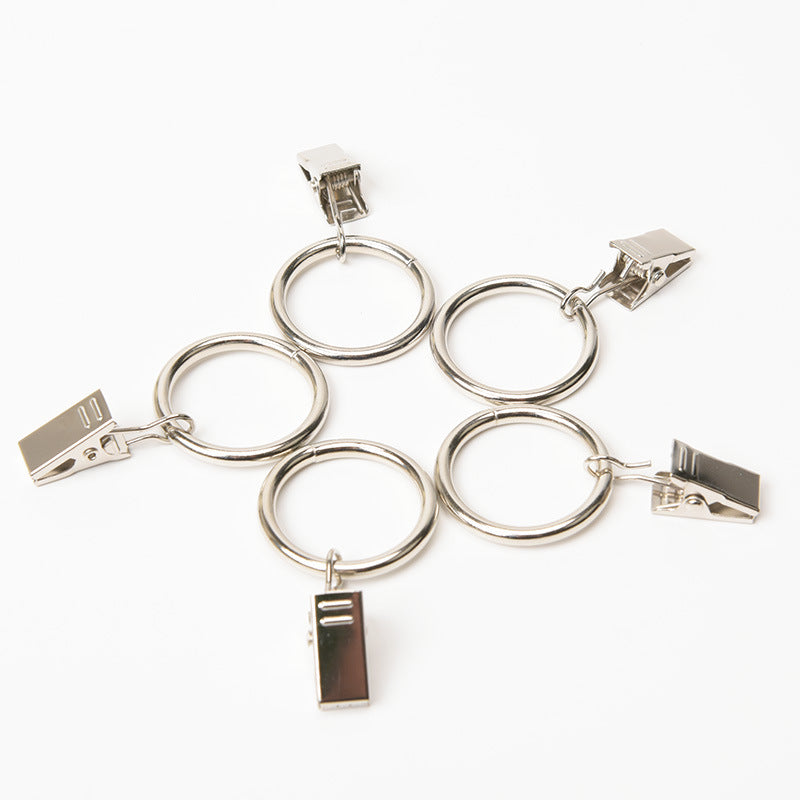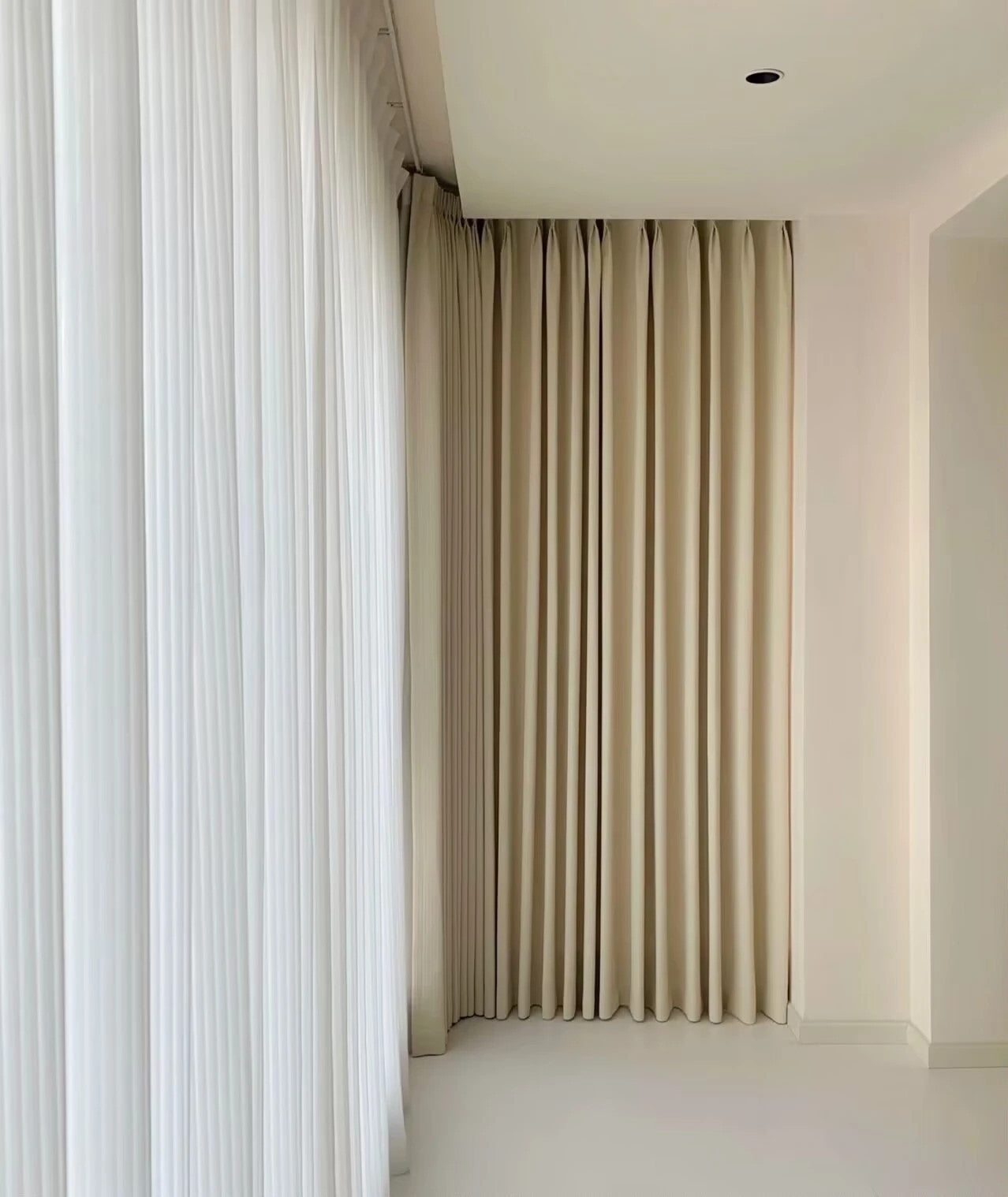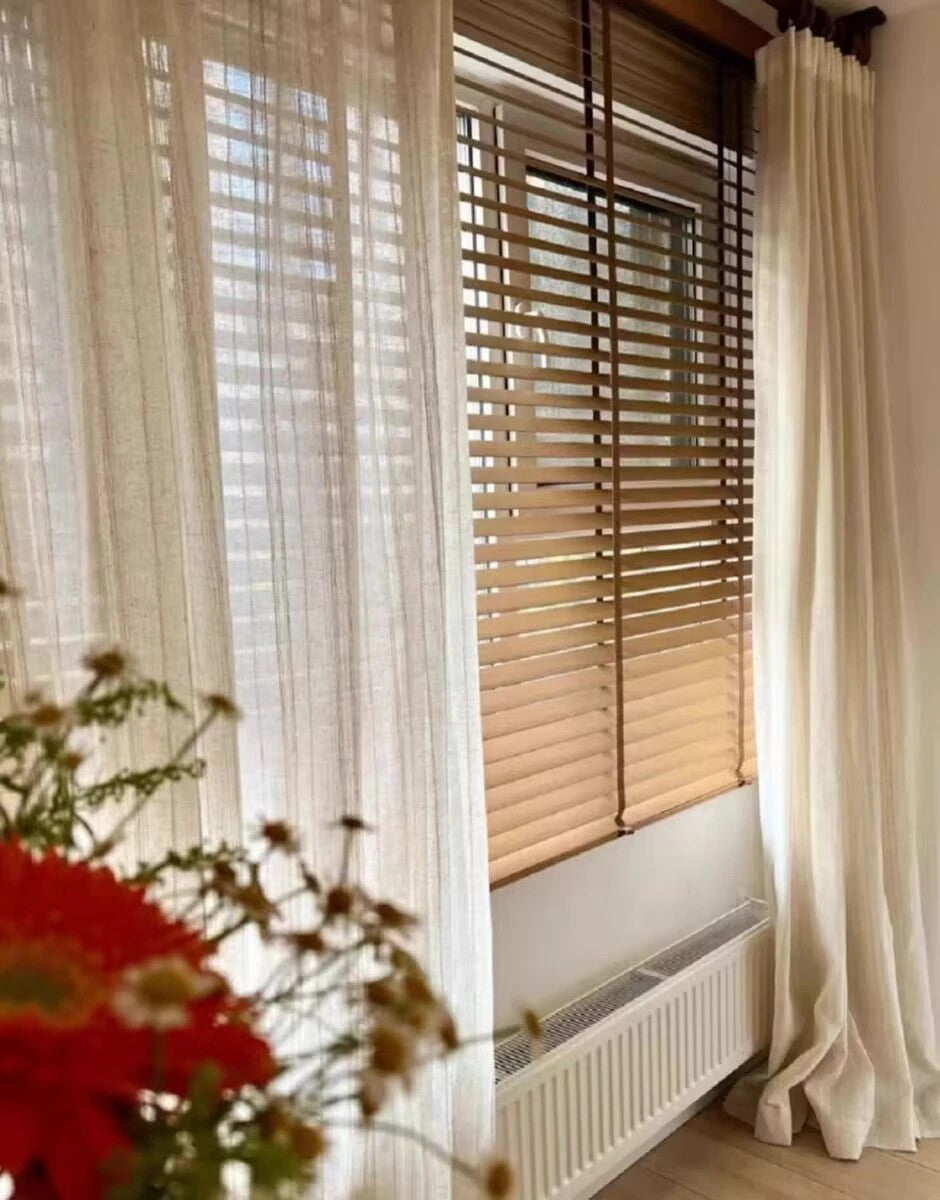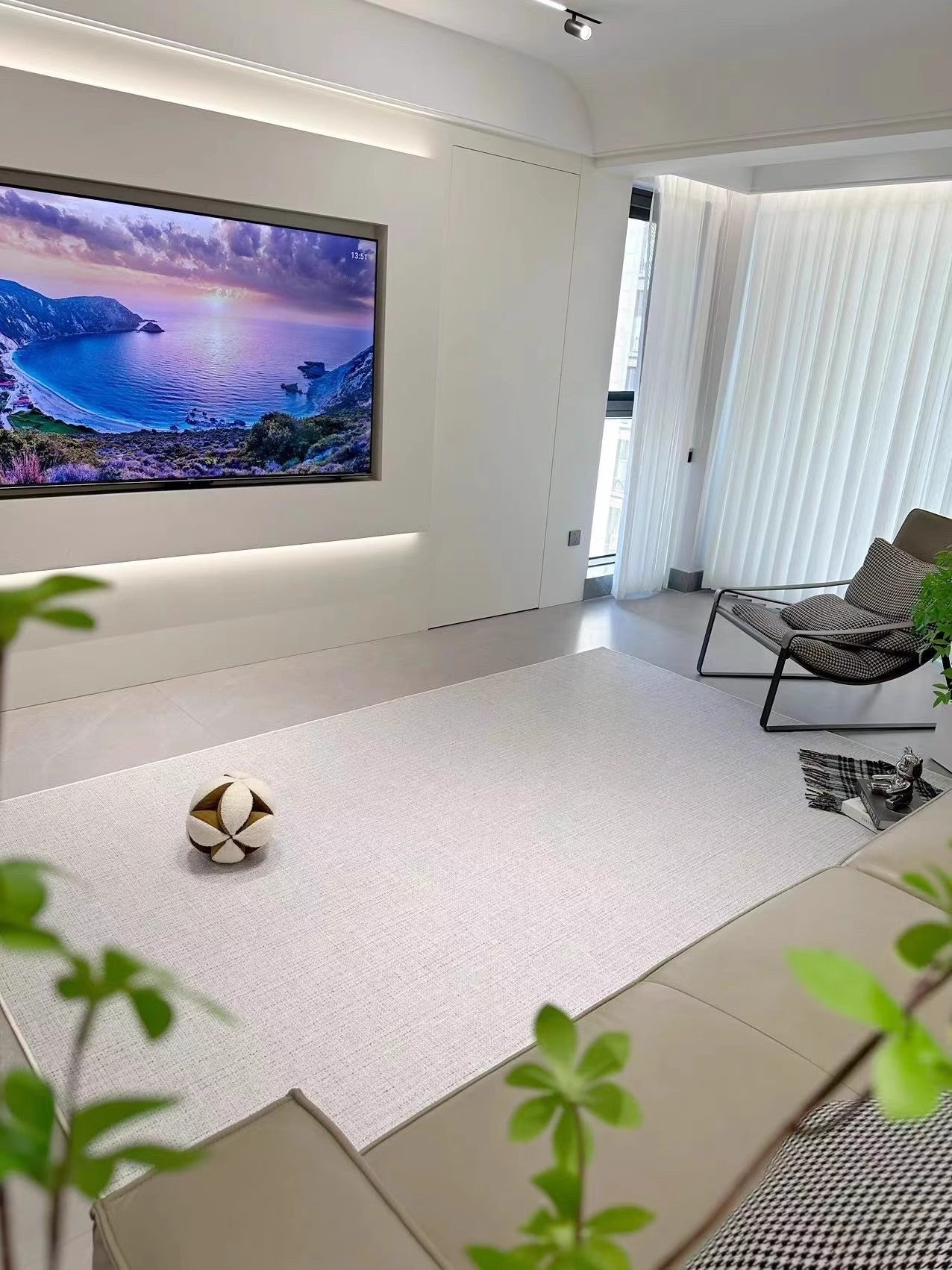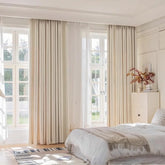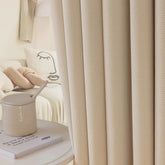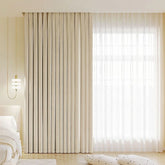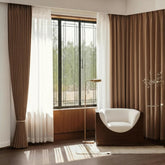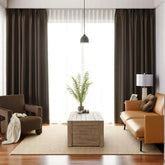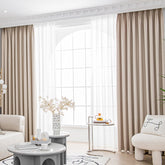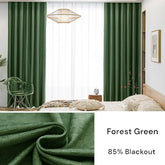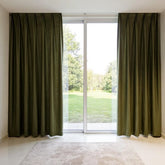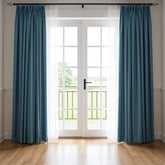Explore Different Types of Pleats for Curtains: A Guide
When it comes to choosing the perfect curtains for your home, selecting the right pleat style can make all the difference. Different pleats can enhance the elegance of curtains and complement the overall interior design of a room. In this guide, we will explore various types of pleats for curtains and provide insights on their significance in creating a polished and sophisticated look.
From traditional pleat styles to modern designs, decorative variations to customized options, we will cover everything you need to know about choosing the right pleats for your curtains. Whether you are renovating a classic home or building a contemporary space, this guide will help you make an informed decision on the perfect pleat style for your window treatments.
Key Takeaways:
- Choosing the right pleat style can enhance the elegance of curtains and complement the overall interior design of a room.
- Various types of pleats for curtains, including traditional, modern, decorative, and customized options, can fit different personal preferences and design styles.
Understanding Traditional Pleat Styles for Curtains
If you're looking to enhance the sophistication of your curtains, traditional pleat styles might be what you need. These pleat styles have been around for years and have continued to remain popular due to their timeless appeal. Let's dive deeper into the different pleat styles that fall under the traditional category.
Pinch Pleats
Traditional pleat styles for curtains almost always include pinch pleats, which are characterized by a series of evenly spaced folds that are pinched at the top. This style creates a neat and tailored look that adds structure to your curtains. Pinch pleats are versatile and work with most fabric types, making them a popular choice among homeowners.
Pinch pleats work best for formal and classic home decor styles. They also add height to windows, creating a grander appearance. They're a great option for heavy fabrics and provide superior insulation and light-blocking properties.

Pencil Pleats
Pleat styles for curtains also include pencil pleats, which are narrow, tightly packed folds that run along the top of the curtain. Pencil pleats create a ruffled and gathered appearance that adds depth to your curtains. This style works with most fabric types and can be used for both formal and casual home decor styles.
One advantage of pencil pleats is their adjustability – you can tighten or loosen the pleats to achieve your desired fullness. They're also ideal for small windows, as they don't take up much space and can create a more intricate look. However, pencil pleats require more fabric than other styles to achieve their fullness, so keep that in mind when choosing your fabric.

Tab Top Pleats
Curtain pleat options also include tab top pleats, which are characterized by fabric loops that are sewn onto the top of the curtain. Tab top pleats create a casual and relaxed look that is perfect for informal spaces. They are best suited for lightweight fabrics and provide minimal insulation and light-blocking properties.
Tab top pleats work well in rooms with a bohemian or beachy aesthetic. They're easy to hang and remove, making them a great option for those who like to change their curtains frequently. However, tab top pleats can lead to fabric sagging over time, so it's important to choose high-quality fabrics that can withstand multiple washes.
| Pleat Style | Best Suited For |
|---|---|
| Pinch Pleats | Formal and classic home decor styles, heavy fabrics |
| Pencil Pleats | Formal and casual home decor styles, small windows |
| Tab Top Pleats | Bohemian and beachy home decor styles, lightweight fabrics |
Traditional pleat styles offer a range of options for enhancing your curtains and elevating your home decor. Whether you're going for a formal, casual, or relaxed look, there's a traditional pleat style that can meet your needs. Keep in mind the fabric type and room aesthetic when choosing a pleat style, and don't be afraid to experiment with different styles to find what works best for you.
Embracing Modern Pleat Designs for Curtains
While traditional pleat styles for curtains are iconic, modern pleat designs offer a contemporary twist that can add sophistication to any room. Let's explore different types of curtain pleats to give your home decor a fresh and updated look!
Goblet Pleats: These pleats are named after their shape, which resembles a wine goblet. They feature a soft and rounded appearance which can add a touch of elegance to your curtains. Goblet pleats work especially well with fabrics with a good drape, such as silk or velvet.

Box Pleats: Box pleats are characterized by their structured and tailored appearance. They create a crisp and clean look that works well with modern decor styles. Box pleats work best with medium-weight fabrics such as cotton or linen.
Cartridge Pleats: This type of pleat is similar to goblet pleats but has a more streamlined and modern look. Instead of a rounded shape, cartridge pleats have a cylindrical shape, making them an excellent choice for curtains with a minimalist design.
Wave Pleats: Wave pleats are unique and contemporary and create a fluid, undulating effect in your curtains. They work well with sheer fabrics and add an interesting element to a room's decor.

No matter what type of modern pleat design you choose, make sure to pair it with the right fabric. Lighter fabrics work well with pleats that have a softer appearance, while heavier fabrics work better with pleats that have a more structured look.
Incorporating modern pleat designs into your curtains can give your home decor a chic upgrade. Whether you choose goblet pleats, box pleats, cartridge pleats, or wave pleats, these modern pleat designs will add polish and sophistication to any space.
Popular Pleat Styles for Window Coverings
When it comes to curtain pleats, there are a few styles that have remained popular over the years. These pleat styles offer a classic, polished look that can elevate any window treatment. Let's explore some of the most popular curtain pleat types and their benefits.
French Pleats
French pleats, also known as pinch pleats, are a timeless option. They feature evenly spaced, tightly gathered fabric that creates a tailored look. French pleats work well with medium to heavyweight fabrics and are suitable for any room of the house. This style is a great choice for formal spaces or traditional decor.
| Pros | Cons |
|---|---|
|
|
Rod Pocket Pleats
Rod pocket pleats, also known as casement pleats, are another popular option. This style features a sewn-in pocket at the top of the curtain panel through which the rod is inserted. This creates a gathered look that is soft and romantic. Rod pocket pleats work well with lightweight fabrics and are perfect for creating a casual, relaxed ambiance.
| Pros | Cons |
|---|---|
|
|
Goblet Pleats
Goblet pleats are a popular choice for formal spaces. They feature a cylindrical shape that flares out at the top like a wine goblet. This creates a sophisticated, elegant look that works well with heavy fabrics. Goblet pleats are particularly suited to bay windows and can add height to a room.
| Pros | Cons |
|---|---|
|
|
In conclusion, understanding the different types of pleats and their benefits can help you choose the best pleat style for your curtains. Consider the style of your home decor, the weight of your fabric, and the level of formality you desire. With the right pleat style, your window treatments can transform the look and feel of your room.
Adding Decorative Pleats to your Drapes
In addition to traditional and modern pleat styles, decorative pleats are a great way to add some flair to your drapes. These unique pleat variations can elevate the overall design of curtains and create a unique look in any room.
One such decorative pleat style is the butterfly pleat. This pleat creates a unique, butterfly-shaped effect at the top of the drape, adding a touch of whimsy to your window treatments. Another option is the inverted pleat, where the pleat is folded inwards rather than outwards, creating a sleek and modern look.
Other decorative pleat variations include the tulip pleat, the flouncy pleat, and the ruched pleat, each providing their own distinct visual impact. By experimenting with different decorative pleats, you can create custom window treatments that perfectly match your personal style and home decor.
When considering decorative pleats for your drapes, think about what type of statement you want to make with your window treatments. Do you want a fun and playful look, or something more sophisticated and elegant? With the wide variety of pleat styles available, the possibilities are endless.
Whether you're keeping it simple with a classic pinch pleat or getting creative with decorative pleats, choosing the right pleat style can make all the difference in the overall look and feel of your curtains. So go ahead and get creative with your window treatments--the end result is sure to be a stylish reflection of your unique personal style.
Finding the Right Curtain Heading Types
Choosing the perfect pleat style for your curtains is important, but equally essential is selecting the right curtain heading type. The heading type determines how the curtains will hang and function, and can impact the overall aesthetic of the window treatment.
There are various curtain heading types to consider, each offering unique benefits and design possibilities. Let's explore some of the most popular options:
| Heading Type | Description |
|---|---|
| Tab Top | Tab top curtains have fabric loops sewn onto the top of the panel. The loops slide over a curtain rod, allowing the curtains to gather and drape in a casual, relaxed style. |
| Goblet Heading | Goblet heading curtains feature cylindrical fabric shapes sewn onto the top of the panel. These shapes are stuffed with wadding, creating a structured, elegant look. |
| Eyelet Heading | Eyelet heading curtains have metal rings punched directly onto the top of the panel. The rings slide over a curtain rod and create a clean, modern look with even, uniform folds. |
Other curtain heading types include pencil pleat, pinch pleat, and rod pocket, all of which can be used with various pleat styles for unique and personalized window treatments.
When choosing a curtain heading type, consider the style of the room and the functional needs of the curtains. For example, tab top curtains are ideal for a relaxed, informal space, while goblet heading curtains can add a touch of formality and elegance to a room.
By carefully selecting the right pleat style and curtain heading type, you can create a truly customized window treatment that enhances the overall beauty of your home decor.
Matching Pleat Styles with Home Decor
Now that we've covered the different types of pleats for curtains, it's time to discuss how to match them with your home decor. The right pleat style can enhance the overall aesthetic of your room and create a cohesive look.
For classic and traditional decor, consider using pinch pleats or pencil pleats. These pleat styles have a timeless look that complements ornate furniture and decorative accents. They create a tailored and elegant appearance that is both refined and sophisticated.
If your style is more contemporary, modern pleat designs such as goblet pleats or box pleats may be more fitting. These pleats have clean lines and a minimalist vibe that complements a modern aesthetic. They can add a touch of sophistication to any space without overpowering it.
French pleats and rod pocket pleats are popular options that work well with a variety of decor styles. French pleats are ideal for creating a formal look, while rod pocket pleats are more casual. Both of these pleat styles have a tailored appearance that complements simple and chic design schemes.
Decorative pleats such as butterfly pleats and inverted pleats can add an artistic flair to your window treatments. These pleat styles can be the focal point of a room and create a unique and eye-catching design. They work well with eclectic and bohemian decor styles, as well as modern and minimalist designs.
When choosing a pleat style, consider the overall color scheme and design of your room. You want the pleat style to complement your decor and not clash with it. Additionally, consider the function of the room and how much natural light you want to let in. Some pleat styles allow for more light, while others create a more cozy and intimate atmosphere.
By selecting the right pleat style for your curtains, you can elevate the overall look and feel of your space. Take the time to experiment with different types of pleats and find the one that suits your style and personality best.
Customizing Pleats for Unique Window Treatments
When it comes to curtain pleat styles, there's no one-size-fits-all solution. That's why customizing pleats for unique window treatments is often the best choice. Not only can tailored pleats ensure the perfect fit and function, but they can also complement your individual sense of style.
Whether you prefer traditional pleat styles, modern pleats, or decorative variations, working with a professional can help you achieve the ideal look for your curtains. Customizations can include the number of pleats per panel, the distance between each pleat, and the type of pleat used.
By designing pleated curtain styles that perfectly suit your home and personal aesthetic, you can create a one-of-a-kind look that stands out. Customizing pleats is especially useful for non-standard window sizes and shapes, as it ensures a tailored fit that looks cohesive with the rest of your decor.
At the end of the day, customizing pleats for curtains offers a level of personalization, quality, and design that cannot be found with off-the-shelf window treatments. It's worth investing in a professional to ensure your curtains are made to last and look their best for years to come.
Conclusion
Choosing the right pleat style for curtains can make all the difference in transforming a room's aesthetic. We have explored different types of pleats for curtains, from traditional pinch pleats to modern box pleats, and unique decorative variations like butterfly pleats. We have also covered different heading types and how to match pleat styles with home decor.
Remember, the type of pleat you choose can enhance the elegance of your curtains while also complementing your overall interior design. Whether you opt for classic pleat styles or want to experiment with modern pleat designs, customization options are available for tailored window treatments. So don't be afraid to get creative and explore different pleat styles for your curtains and drapes.
In summary, to enhance your window treatments, consider:
- Exploring different types of pleats for curtains, including traditional and modern styles
- Matching pleat styles with home decor for a cohesive look
- Customizing pleat styles for unique window treatments with made-to-measure curtains
By taking the time to select the right pleat style for your curtains, you can elevate your room's overall aesthetic and create a space that reflects your personal style.
Thank you for exploring the different types of pleats for curtains with us, and we hope this guide has inspired you to get creative with your window treatments.
FAQ
Q: What are the different types of pleats for curtains?
A: There are various types of pleats for curtains, including pinch pleats, pencil pleats, goblet pleats, box pleats, French pleats, rod pocket pleats, butterfly pleats, inverted pleats, and more.
Q: What is the significance of pleats in enhancing the elegance of curtains?
A: Pleats add depth, texture, and visual interest to curtains, creating a more polished and tailored look. They can also help curtains hang beautifully and provide a structured appearance.
Q: How do traditional pleat styles differ from modern pleat designs?
A: Traditional pleat styles, such as pinch pleats and pencil pleats, are classic and timeless, while modern pleat designs, like goblet pleats and box pleats, have a contemporary appeal and add a touch of sophistication to any room.
Q: Which pleat styles are popular for window coverings?
A: Some popular pleat styles for window coverings include French pleats, rod pocket pleats, and other variations that create a polished and tailored look. These pleat styles are compatible with different types of curtains and drapes.
Q: Can decorative pleats be added to drapes?
A: Yes, decorative pleats can be added to drapes to enhance their overall design. Unique pleat variations, such as butterfly pleats and inverted pleats, offer an extra touch of elegance and artistic flair to curtains.
Q: What are the different curtain heading types?
A: There are various curtain heading types, including tab top, goblet heading, and eyelet headings. Each type has its own purpose and aesthetics, and choosing the right heading type can greatly impact the overall look and functionality of curtains.
Q: How can pleat styles be matched with home decor?
A: Pleat styles can be matched with different home decor styles. Traditional pleats work well with classic decor, while modern pleats are suitable for contemporary spaces. It's important to consider the overall interior design when selecting pleat styles.
Q: Is it possible to customize pleat styles for unique window treatments?
A: Yes, pleat styles can be customized for unique window treatments. Tailored window treatments, such as made-to-measure curtains with specific pleat styles, allow for personalization and ensure a perfect fit for individual preferences and window dimensions.
Q: What is the importance of selecting the right pleat style for curtains?
A: Selecting the right pleat style is crucial in enhancing the overall aesthetic of curtains. It can transform the look and feel of a room, adding elegance and sophistication. Choosing the appropriate pleat style can make a significant impact on the overall design of window treatments.



